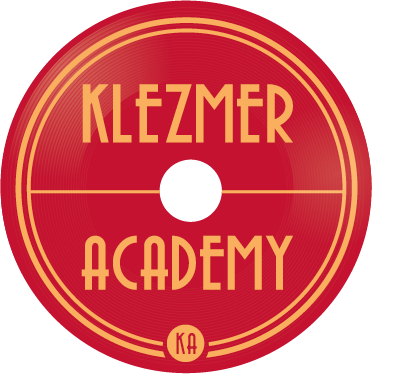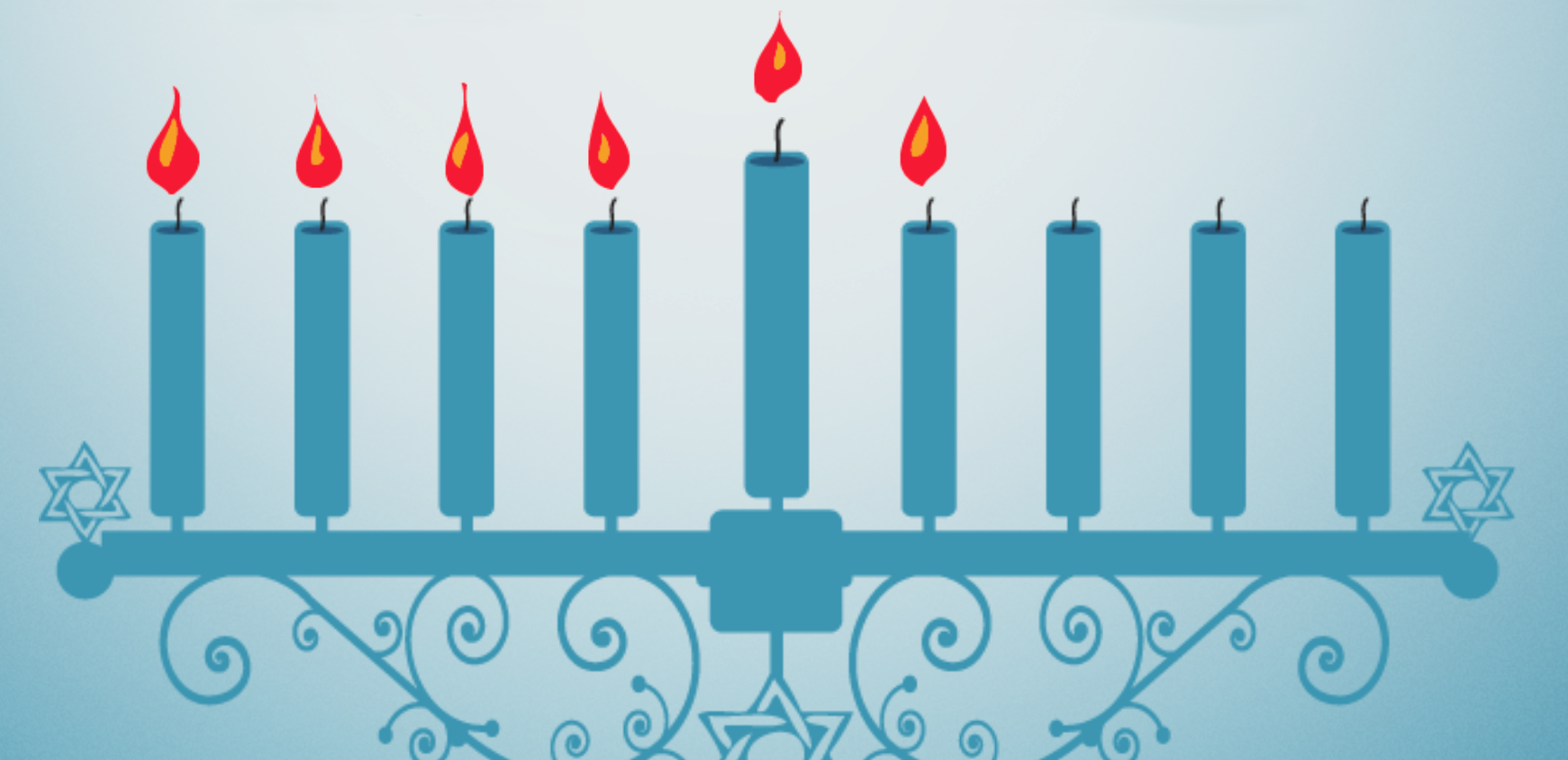Tonight’s audio gift is a Zonophone recording by the Orchestra of the Vilna State Theater, under the direction of Meir Stupel. Stupel was a member of a very musical family and spent much of his career affiliated with the theater in Vilna. He also recorded prolifically, and I have been fortunate in the past couple of years to acquire 10 of the dozens documented in Aylward’s discography of European Jewish recordings.
The first side of today’s disc brings us a second version of one of yesterday’s tunes, Pasha. This tune seems to have been a favorite of Stupel’s, as he recorded it, according to Aylward, on three separate occasions. In addition to the version presented here, which was recorded in 1910, he recorded another version on Zonophone, date unknown, with a group identified simply as “Orchestra conducted by Stupel.” Then, in 1914, he recorded it on Odeon with “Wind Band under the direction of Stupel.”
Stupel’s performance with the Vilna Theater orchestra differs from the one we heard yesterday in several major ways. First, the tempo is significantly faster. In contrast, the Russian orchestra version is almost stately and rather march-like. More significantly, Stupel’s ensemble is rhythmically much looser, giving the performance much more of a yidishn tam (a Yiddish flavor). Unlike most of the orchestras we have heard this holiday, while the brass section is predominant, there is a very clear clarinet melody present as well as charmingly melodic drumming. And finally, the form of the tune is quite different. The Russian version has four sections, while the Stupel version has only three, and the third section is characterized by a dramatic held note, complete with trills and drum roll, before the final phrase, which is actually the same as the final phrase of the fourth section of the Russian version.
The second side of this recording by the Vilna Theater orchestra is somewhat more mysterious. Entitled Sore Scheindel, it appears to be a theater medley, with three distinct tunes. The first is a stately minor-key freylekhs with two sections. Then there is a melody that sounds very much as though it could be a song, with lots of repeated phrases and a fanfare-like ending. The third tune is a version of a tune recorded in 1920 by Abe Schwartz on Columbia, Aleh in Einem.
The Stupel version of the tune consists of only two parts: the A section, which is played only once each chorus, and the B section, which is also played only once, though the second half of it becomes its own section and is, in fact, repeated each time. In comparison, the Schwartz version is much more elaborate. After the A section, which is nearly identical to the Stupel A section except for being repeated, the B section begins with an instrumental shout chorus announcing the change in tonality from freygish to minor, and then has an actual shout chorus in the second part of the section, where the musicians say the name of the tune in rhythm. It then goes on to a single time through a third section with another instrumental shout and a melody similar to that found in several other tunes, and finally ends with another generic melody that does repeat.
Tomorrow we will be examining the third disc by the ensemble led by P. Grancowa
Khag sameakh.
**Chanukah art from screen shots of the Menorah iPad app by RustyBrick, Inc.




